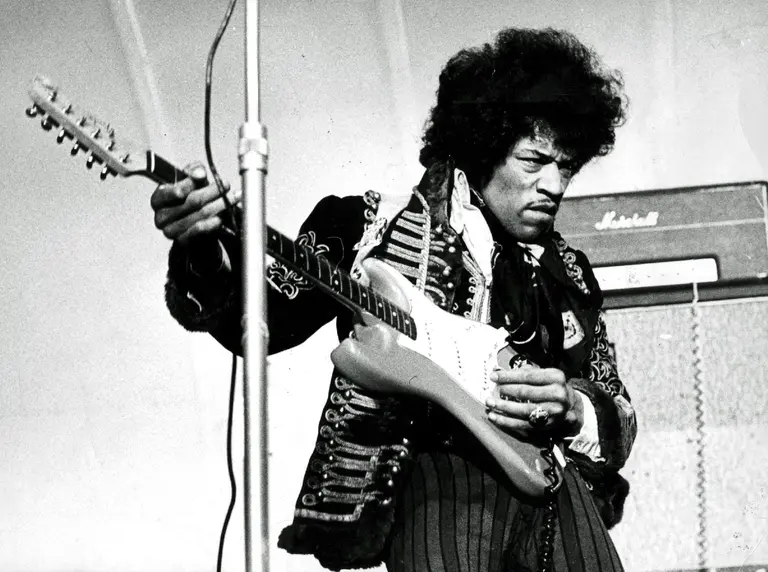
Jimi Hendrix, via Wiki Commons
The long cultural and musical history of Jimi Hendrix’s Electric Lady Studios in Greenwich Village
The whole history here

Jimi Hendrix, via Wiki Commons
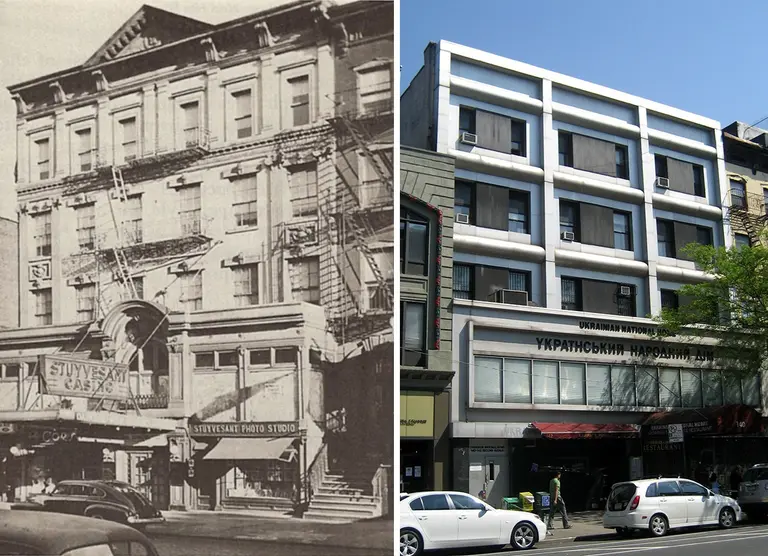
The Stuyvesant Casino in 1945, via the Swedish Buck Johnson Society (L); The Ukrainian National Home Today, via Wally Gobetz/Flickr (R)
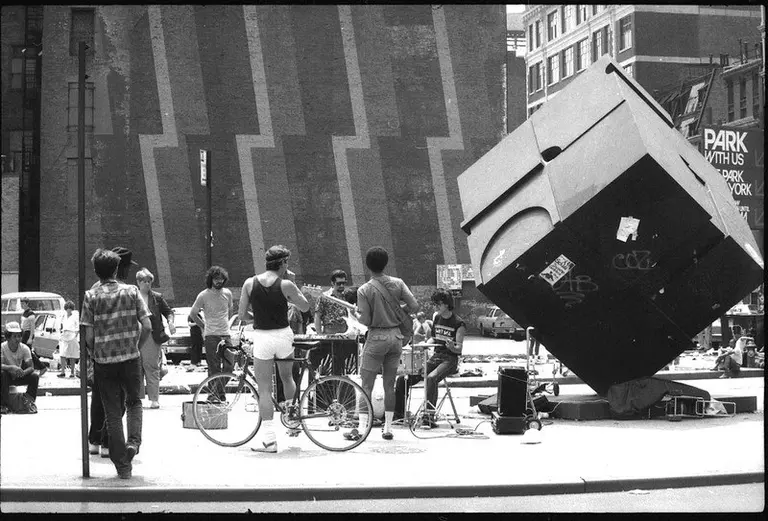
1980s photo of the Alamo surrounded by mural, vendors, & musicians. © Greenwich Village Society for Historic Preservation Image Archive.
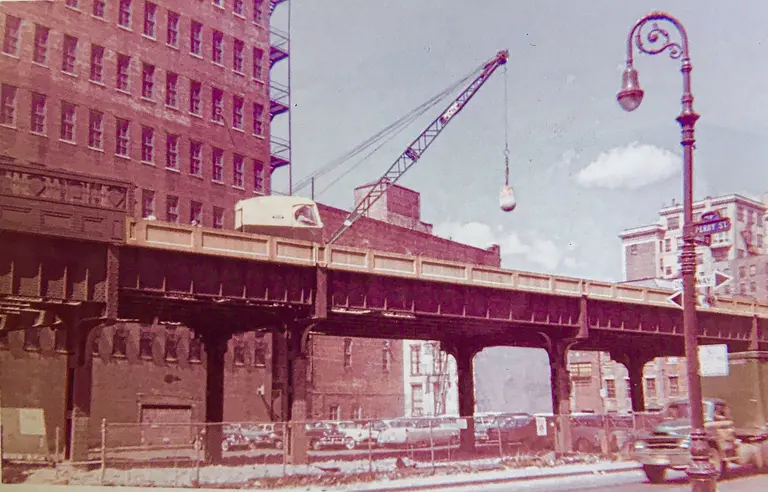
Crane with wrecking ball mounted on the trestle. Photo by Peter H. Fritsch (1962). Photo courtesy of the Greenwich Village Society for Historic Preservation/Fritsch Family Collection.
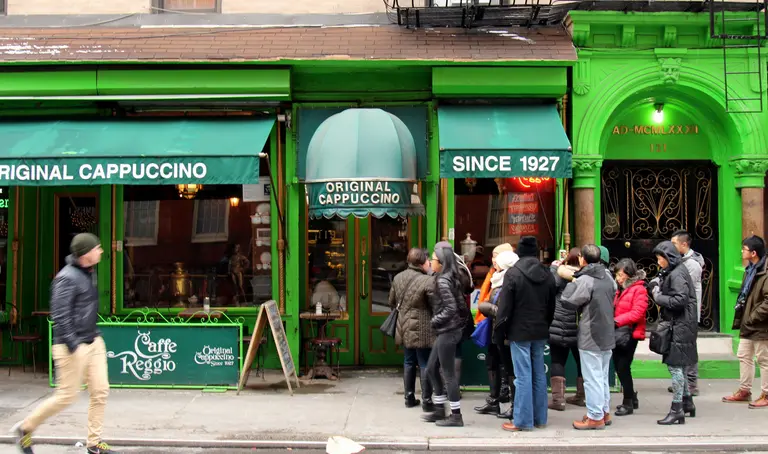
Caffe Reggio, via Prayitno/Flickr
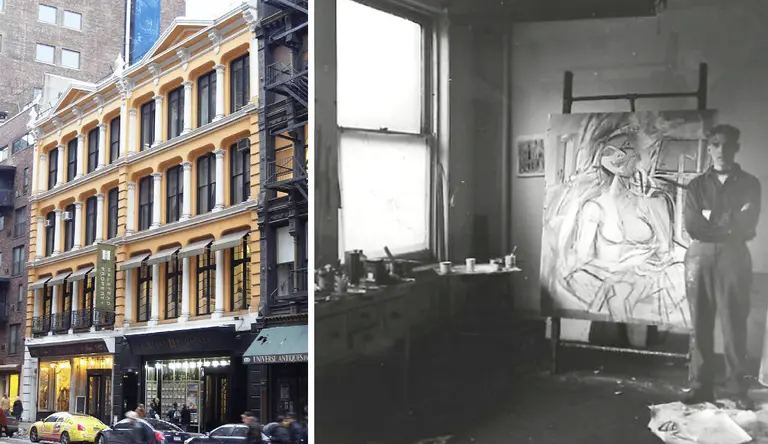
827-831 Broadway today via Wiki Commons (L); Willem de Kooning in his Fourth Avenue studio, April 1946. Harry Bowden, photographer. Harry Bowden papers, Archives of American Art, Smithsonian Institution.Via The Willem de Kooning Foundation. (R)
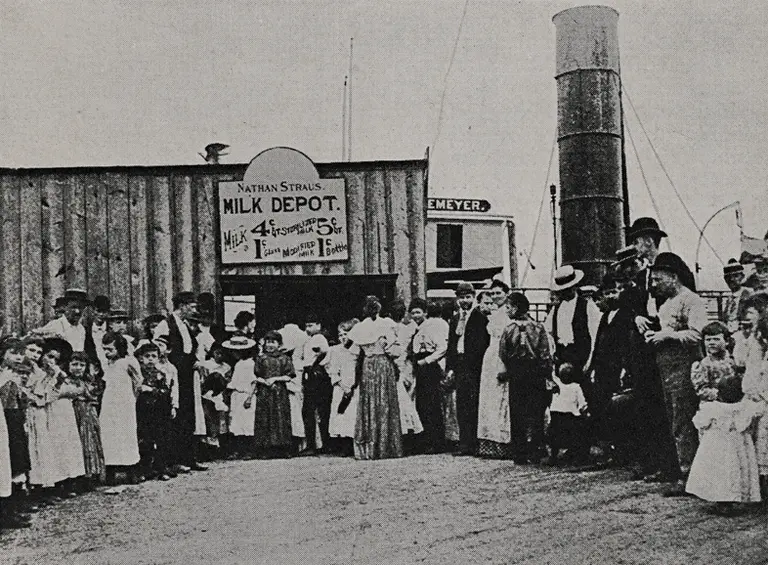
Nathan Straus’ First Milk Depot, opened in the summer of 1893, courtesy of the Augustus C. Long Health Sciences Library, Columbia University
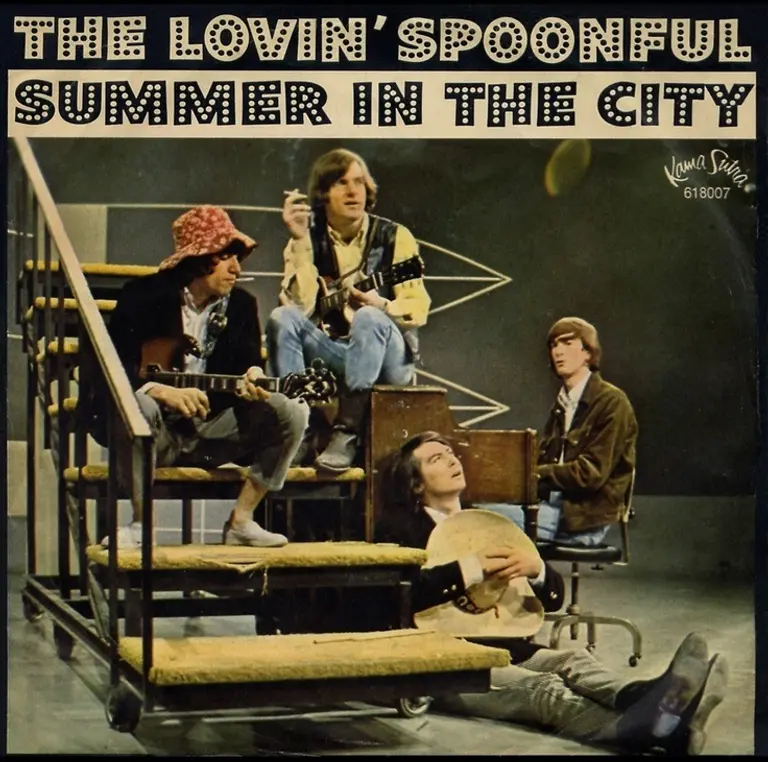
Image via Wiki Commons
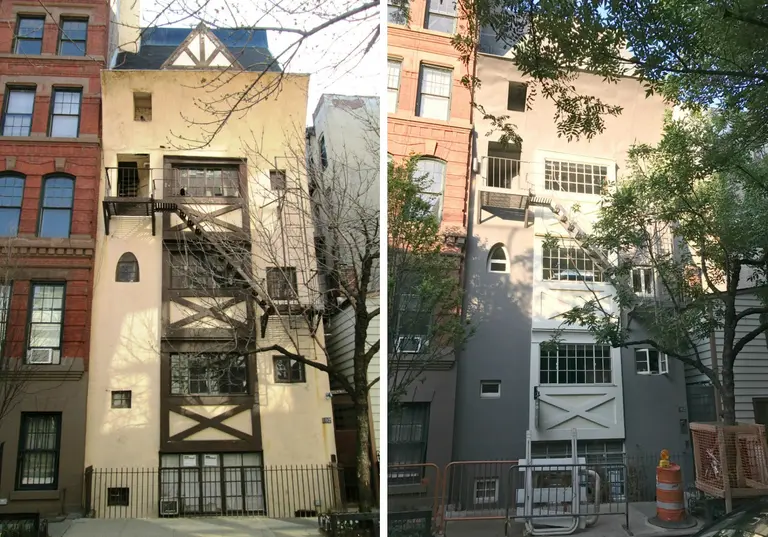
102 Bedford Street in 2015 (left) via Wiki Commons, and as of today, via GVSHP
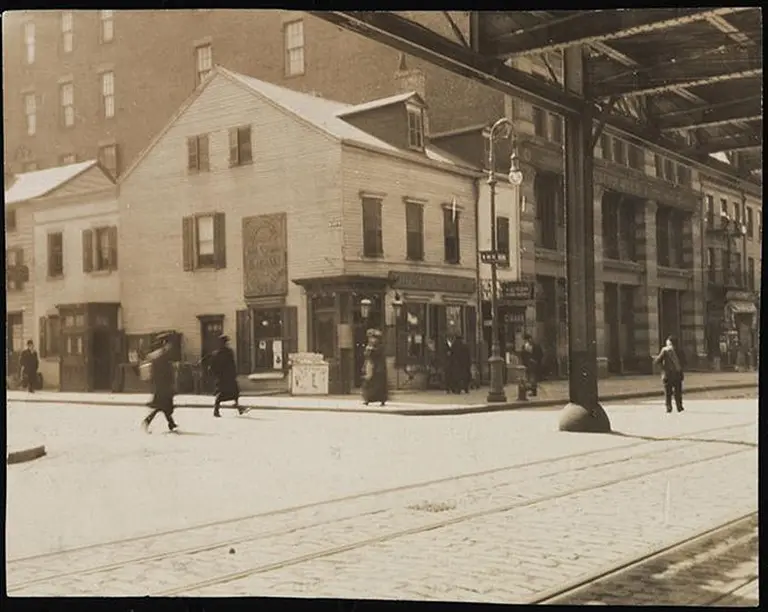
6th Avenue and 11th Street, 1905. Image via Ephemeral New York,
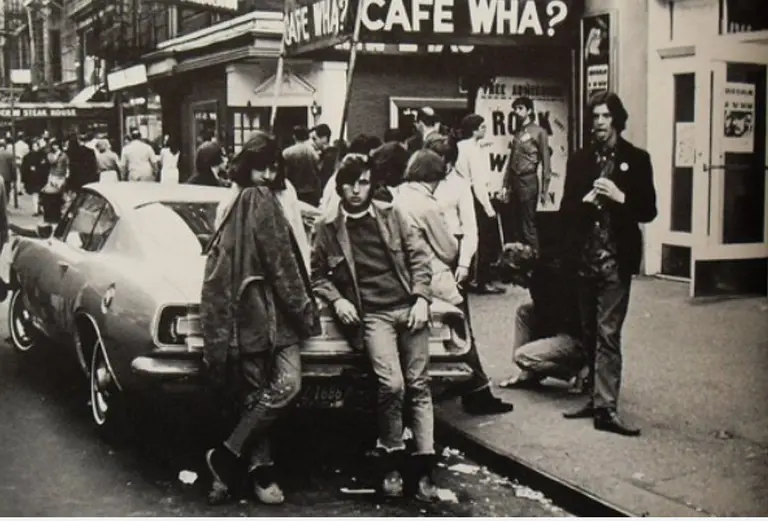
Greenwich Village Bohemians outside Cafe Wha in the 1960s, via Vintage Everyday